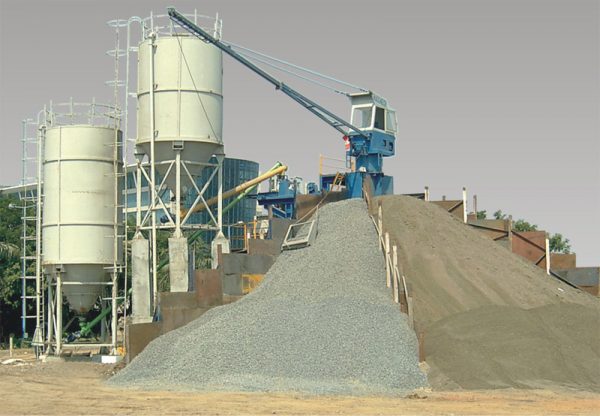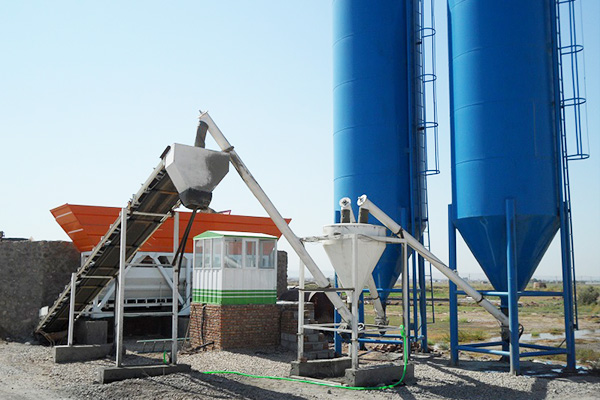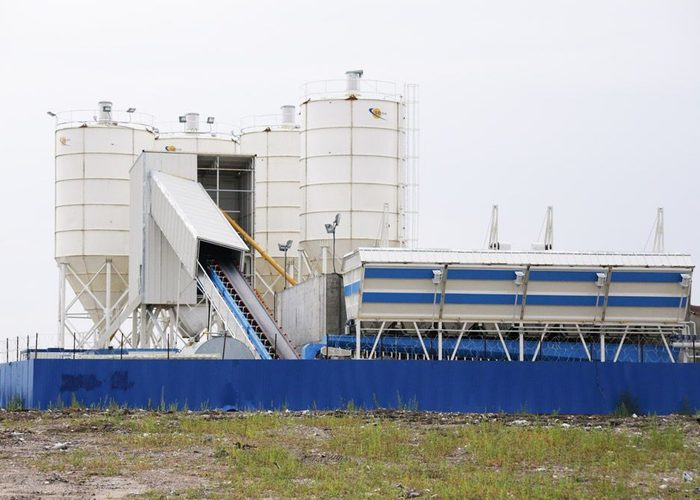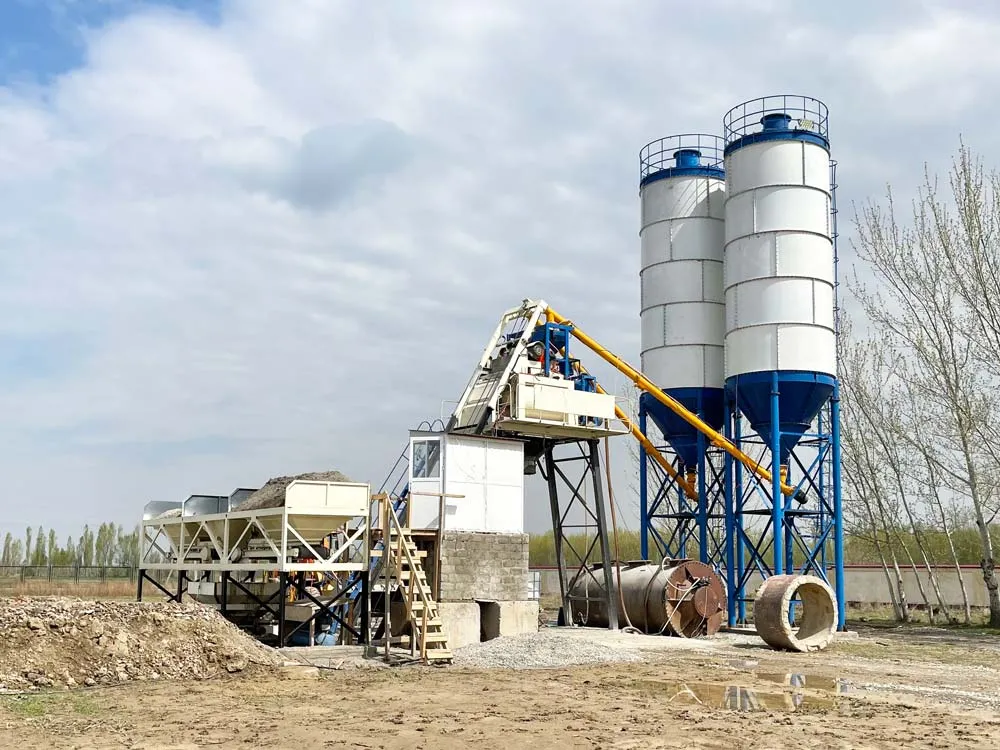

Learn about different types of concrete batching plants and their benefits for your construction projects. Make an informed choice.
When it comes to construction and infrastructure projects, the role of concrete cannot be overstated. As a crucial material, its quality determines the strength and durability of the structures built with it. This is where concrete batching plants come into play, ensuring the precise mixing of concrete components. However, not all batching plants are the same. Let’s delve into the types of concrete batching plants and understand their differences, helping you choose the right one for your project.
A concrete batching plant is a facility where the ingredients of concrete are mixed and blended skillfully. Once the quality concrete is prepared, it is transported to the work site on trucks with mixers. This ensures the ready-mix concrete remains fresh and can be used directly at the construction site.

Each type of batching plant offers unique advantages and is suitable for various construction needs. Understanding these can significantly impact the efficiency and productivity of your project.
Stationary concrete batching plants are ideal for large-scale projects requiring high volumes of concrete. These plants are known for their robust structure and high efficiency. With the capability to produce large amounts of concrete quickly, they are perfect for long-term projects.

For projects that require frequent site transitions, mobile concrete batching plants are the go-to choice. They offer flexibility and ease of movement. Despite their size, mobile concrete batch plants do not compromise on capacity or quality.
In dry mix plants, all the ingredients except water are mixed. The dry mixture is then discharged into a concrete mixer truck, where water is added. This type of plant is beneficial for remote locations without access to a central mixer.

Conversely, wet mix plants blend all the components, including water, at the plant. This mixture is then transported in a mixer truck. This method ensures the highest quality control over the concrete, as it allows for precise adjustments to the mix.
When choosing between these types of batching plants, consider your project requirements, such as volume, location, and duration. Stationary plants are great for longevity and volume, while mobile plants offer unmatched flexibility. Dry mix plants are cost-effective for remote or small-scale projects, whereas wet mix plants prioritize quality and control.

Selecting the appropriate concrete batching plant can drastically affect the timeline, budget, and quality of your project. It is essential to assess the specific needs of your project and compare them against what each type of batching plant offers.
Investing in the right type of batching plant not only ensures the efficient delivery of high-quality concrete but also significantly contributes to the success of your construction projects. It streamlines the process, reduces delays, and guarantees that the foundation of your project stands the test of time.
Concrete batching plants play a pivotal role in construction projects. By understanding the different types of batching plants and their specific advantages, you can make an informed decision that aligns with your project’s needs. Whether it’s a stationary, mobile, dry mix, or wet mix plant, each has its unique place in the construction industry. Click here to learn more about what is concrete batch plant. Choose wisely, and watch your project thrive through the efficient use of the right concrete batching plant.

Remember, the success of your construction projects begins with the quality of concrete, and the choice of the right concrete batching plant is a significant step towards achieving that success.
Make an informed choice today, and set the foundation for a successful build tomorrow.
